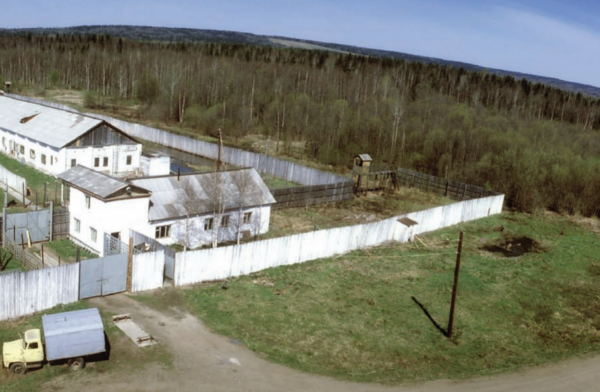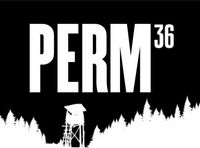The zone of the corrective labor colony (ITK) for especially dangerous state criminals VS-389/36, known as the “Camp Perm 36”, which has survived to this day in the north of the Perm Territory, is unique for two reasons.

Museum Perm-36 in the 2000s
The first reason is that Perm-36 is one of the most famous “political zones” in the late USSR. Until the camp was closed and disbanded in 1988, the most dangerous anti-Soviet people were kept here: people who actively resisted the lack of rights of the totalitarian Soviet regime or fought for the freedom of their native lands – Ukraine, Lithuania – from the colonial policy of the USSR.
In the Soviet Union, where, according to the then General Secretary Mikhail Gorbachev, “there were no political prisoners” (an interview with the newspaper l’Humanité on February 8, 1986), for those convicted of anti-Soviet agitation and propaganda, nationalism and treason (as it was understood by the authorities security) especially harsh, almost torture conditions were created. But even under these conditions, Soviet dissidents retained their dignity, loyalty to civic ideals and, as best they could, publicized the facts of human rights violations. Thus, Perm-36 is a monument to both the unprecedented suppression of freedom in the late Soviet period and the unprecedented resistance to it. (Read more: Camp for political prisoners. 1972 – 1988)
But there is also a second reason. In the 30-50s of the 20th century, the Gulag system included more than 30 thousand places of detention, including camp departments and points, colonies and special commandant’s offices. But by the end of the century, almost nothing remained of all this infrastructure. The material evidence of the era has disappeared, and there were quite simple reasons for this. Since these zones were obviously built for a short period of time, they were built quickly, carelessly and not by construction specialists, but by the same prisoners and, as a rule, from cheap, substandard and damp, freshly felled wood. And that means they quickly collapsed. That is why, of the many thousands of camp zones of the Gulag era, only rare ruins of camp barracks in remote sparsely populated areas have survived: in Kolyma, Chukotka and the Dead Road.
And there is only one exception and only one zone known to historians, which has been almost completely preserved since then – the former first camp department of the corrective labor colony Perm-36. On the territory of this zone, the only complex of camp buildings from the era of the Stalinist Gulag has been miraculously preserved in restoration and exposition integrity.
Thus, Perm-36 at the same time testifies to both the early and the late period of Soviet repressions, being both a historical monument and a unique monument of camp architecture. But, first of all, it is an eloquent monument to people who, by the strength of their spirit and human dignity, opposed the soulless and vindictive totalitarian machine.

